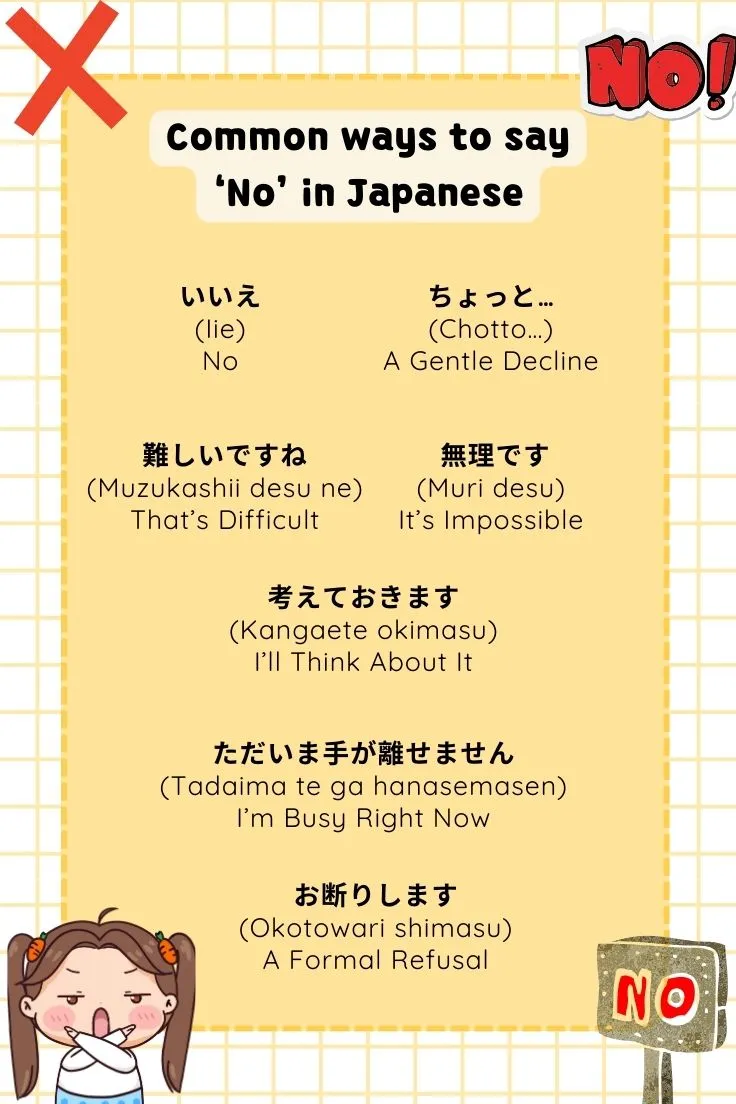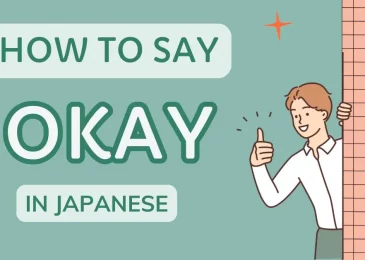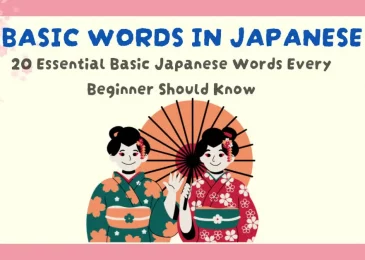In Japanese culture, communication often relies on subtlety, indirectness, and maintaining harmony. This is especially true when it comes to declining requests or refusing offers. While the direct translation of “no” in Japanese is いいえ (iie), it’s seldom used in daily interactions, as it can come across as too blunt or even rude. Instead, Japanese speakers employ more nuanced and culturally appropriate expressions that soften the impact of saying “no.”
This article explores the top polite alternatives to saying “no” in Japanese, helping you navigate social, professional, and personal interactions with respect and cultural sensitivity.
1. いいえ (Iie): The Literal “No”
Let’s start with the basics. いいえ is the direct equivalent of “no” in English. While grammatically correct, its usage is limited in Japanese conversations. It’s typically used to:
- Politely reject incorrect information.
- Disagree with a statement in formal or structured discussions.
Example:
- A: これはあなたのカバンですか? (Kore wa anata no kaban desu ka?)
Is this your bag? - B: いいえ、違います (Iie, chigaimasu.)
No, it’s not.
Though useful in correcting facts or minor disagreements, いいえ is not often used for declining offers, as it may sound too direct or abrupt.
2. ちょっと… (Chotto…): A Gentle Decline
One of the most versatile ways to decline in Japanese is by using ちょっと. This word literally means “a little” or “a bit,” but in context, it can imply that something is inconvenient, difficult, or undesirable without outright saying “no.”
When followed by a trailing pause, ちょっと… conveys reluctance, leaving the other person to infer the refusal. This method is widely used in casual situations and is considered polite due to its indirect nature.
Example:
- A: 明日一緒にカラオケに行きませんか? (Ashita issho ni karaoke ni ikimasen ka?)
Shall we go to karaoke together tomorrow? - B: うーん、ちょっと… (Uun, chotto…)
Hmm, that’s a bit…
The unspoken implication here is that the speaker cannot or does not want to go, but it’s left to the listener to deduce.
3. 難しいですね (Muzukashii desu ne): “That’s Difficult”
In Japanese, expressing something as “difficult” or 難しい is a polite way of declining a request or proposal. This phrase suggests that fulfilling the request is challenging, serving as an indirect but clear refusal.
It’s particularly common in professional or formal contexts, where outright rejection may harm relationships or seem too harsh.
Example:
- A: 来週までにこの資料を完成できますか? (Raishū made ni kono shiryō o kansei dekimasu ka?)
Can you finish these documents by next week? - B: それはちょっと難しいですね… (Sore wa chotto muzukashii desu ne…)
That’s a bit difficult…
This approach allows the speaker to refuse politely while maintaining a professional tone.
4. 無理です (Muri desu): “It’s Impossible”
無理 (muri) translates to “impossible” or “unreasonable” and is used to communicate that something cannot be done. Although it is more direct than other alternatives, 無理です is still considered polite in the right context, especially when paired with an apology.
This phrase works well when the refusal needs to be firm, such as in situations where the task is clearly beyond your capabilities or outside the realm of possibility.
Example:
- A: 今日中にこの仕事を終わらせられますか? (Kyōjū ni kono shigoto o owaraseraremasu ka?)
Can you finish this task by the end of today? - B: 申し訳ありませんが、それは無理です (Mōshiwake arimasen ga, sore wa muri desu.)
I’m sorry, but that’s impossible.
To soften the impact, you can combine 無理です with polite expressions like すみません (sumimasen) or 申し訳ありません (mōshiwake arimasen).
5. 考えておきます (Kangaete okimasu): “I’ll Think About It”
When you need to decline without outright rejecting a proposal, 考えておきます is an excellent phrase to use. It translates to “I’ll think about it” and signals that you’ll consider the request without committing to a decision.
This phrase is particularly useful in business contexts, where immediate refusals might be considered impolite or premature. It keeps the conversation open-ended while subtly indicating a lack of interest.
Example:
- A: この商品を購入しませんか? (Kono shōhin o kōnyū shimasen ka?)
Would you consider purchasing this product? - B: 考えておきます (Kangaete okimasu.)
I’ll think about it.
6. お断りします (Okotowari shimasu): A Formal Refusal
In more formal settings, お断りします is a clear yet polite way to refuse. It means “I decline” or “I refuse” and is often used in official or legal contexts where directness is necessary.
Example:
- A: この契約条件をご確認いただけますか? (Kono keiyaku jōken o gokakunin itadakemasu ka?)
Would you agree to these contract terms? - B: 申し訳ありませんが、お断りします (Mōshiwake arimasen ga, okotowari shimasu.)
I’m sorry, but I must decline.
This phrase should be reserved for serious or formal refusals, as it leaves little room for further negotiation.
7. ただいま手が離せません (Tadaima te ga hanasemasen): “I’m Busy Right Now”
Another polite way to decline a request is to state that you’re currently busy. This implies that you cannot accommodate the request at the moment, without entirely ruling out future possibilities.
Example:
- A: 今少しお時間をいただけますか? (Ima sukoshi ojikan o itadakemasu ka?)
Do you have a moment now? - B: 申し訳ありませんが、ただいま手が離せません (Mōshiwake arimasen ga, tadaima te ga hanasemasen.)
I’m sorry, but I’m busy right now.
This approach is useful for declining tasks temporarily, showing consideration for the request while maintaining politeness.
Tips for Saying “No” Politely in Japanese
- Use Apologies:
Start with すみません (sumimasen) or 申し訳ありません (mōshiwake arimasen) to soften the refusal. - Offer an Alternative:
If possible, suggest an alternative that might help accommodate the request indirectly.- 来週ならできます (Raishū nara dekimasu) – I can do it next week.
- Consider the Context:
Tailor your response based on whether the situation is formal, professional, or casual.
Use the MochiKanji app for a thorough method of learning Kanji and vocabulary. You can improve your learning process and gradually advance your skills with its comprehensive courses and interactive features. To begin your journey to Japanese fluency, begin using MochiKanji now!
Conclusion
Saying “no” in Japanese involves more than simply knowing the word いいえ. By understanding and using polite alternatives like ちょっと…, 難しいですね, 無理です, or 考えておきます, you can refuse requests gracefully while respecting Japanese cultural norms. Mastering these expressions will enhance your communication skills and help you navigate various situations with confidence and sensitivity.







